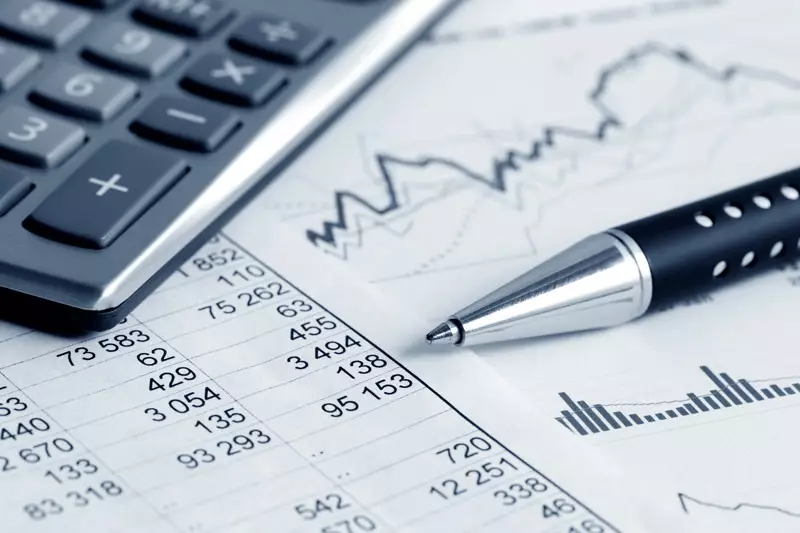Following the presidential election in June, Mexico’s economy is anticipated to experience steady growth, aligning with the positive performance in the United States. Analysts predict that Gross Domestic Product (GDP) will increase by 2.2% in the current year and by 1.9% in 2025, based on a survey of 34 experts conducted in April. This outlook is slightly more conservative than previous forecasts, with the main driving forces expected to be strong macroeconomic indicators in the U.S. benefiting Mexican exports and increased remittance inflows from the largest economy in the world, which reached a record $63.3 billion in the previous year.
Despite the optimistic growth projections, the fiscal landscape poses significant challenges for the incoming government. President Andres Manuel Lopez Obrador’s administration has ramped up spending in anticipation of the election, leading to concerns about potential inflationary pressures. The likely presidential candidate, Claudia Sheinbaum, has pledged to raise the minimum wage and support state-owned energy firms, but details on fiscal measures remain vague. Experts highlight the need for fiscal reform or expenditure reviews to address Mexico’s high regulatory burden limiting investments and the escalating fiscal deficit, which is forecasted to reach 5.9% of GDP by 2024 – the highest level recorded since 2015 by the International Monetary Fund.
The economic policy direction under a Sheinbaum administration remains uncertain, with indications that fiscal reforms may be delayed in favor of enhancing labor conditions and promoting renewable energy. This approach could defer crucial adjustments needed to address the fiscal deficit and mounting debt of state oil company Pemex. Additionally, the Federal Reserve’s hawkish stance on interest rates poses challenges for Mexico’s central bank, Banxico, which has limited scope for rate cuts in line with the U.S. monetary policy.
Following a 25 basis point cut in March, Banxico is expected to implement further rate reductions through 2024 and 2025, aiming to reach levels of 9.50% and 7.50%, respectively. However, the policy decisions are closely tied to the actions of the U.S. Federal Reserve, constraining Mexico’s ability to independently manage its monetary policy. The interplay between domestic fiscal challenges, inflationary pressures, and external economic factors underscores the complexity of navigating Mexico’s economic landscape in the post-election period.
Mexico’s economic outlook post-presidential election presents a mix of opportunities and challenges. While growth prospects are relatively positive, the fiscal sustainability and policy uncertainties require careful consideration and strategic interventions from the incoming government. Addressing the fiscal deficit, enhancing investment climate, and navigating the evolving global economic dynamics will be critical for ensuring Mexico’s long-term economic resilience and stability.

